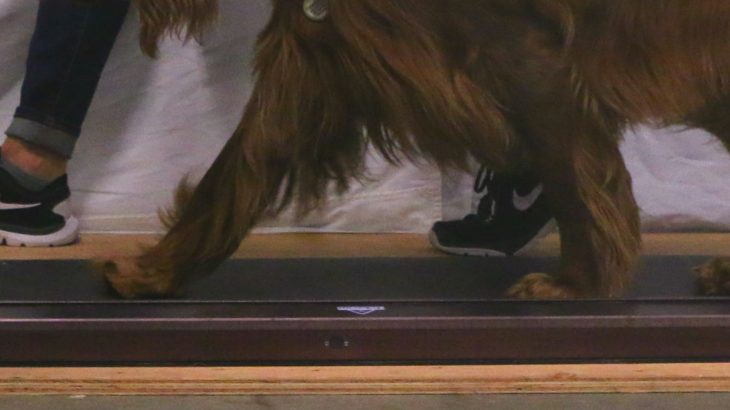
Jesse Mysiorek, New Science Communicator Early in the morning of August 2, 2014, part of a mountain collapsed in Jure, Nepal, about 70 kilometres northeast of Kathmandu. Some 5.5 million cubic metres of rock and debris – equal to the size of Grouse Mountain, north of Vancouver, BC – tumbled down into the Sunkoshi Valley, […]







